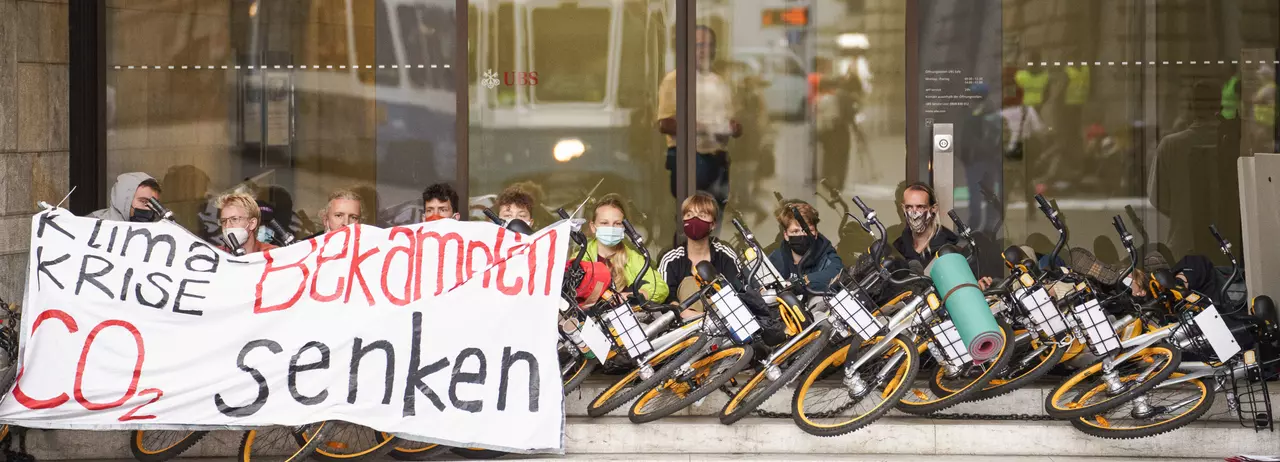‘Absolute Madness’: Record-Shattering Heat Dome Hits Europe
BRETT WILKINS Brett Wilkins is a staff writer for Common Dreams.
Original article republished from Common Dreams under Creative Commons (CC BY-NC-ND 3.0).
It’s “the most extreme event ever seen in European climatology,” said one climatologist. “Nothing stands close to this.”
As Europe closed the books on its warmest year ever recorded, an exceptionally potent winter heat dome descended on much of the continent over the holiday weekend, with thousands of daily and monthly high-temperature records shattered from Spain to Russia.
“The intensity and extent of warmth in Europe right now is hard to comprehend,” meteorologist Scott Duncan toldThe Times of London. “There are too many records to count. Literally thousands. Overnight minimum temperatures are like summer.”
The Times reported:
Bilbao in northern Spain reached 24.9°C, the hottest temperature recorded for the city in January and more akin to a summer’s day than the start of the year. Records were broken throughout Germany, including Dresden in the east where it was 13.5°C. Temperatures in Switzerland were at 20°C. The Czech Republic recorded a January national record of 19.6°C at the town of Javornik.
The Washington Postnoted that at least seven countries—Belarus, the Czech Republic, Denmark, Latvia, Lithuania, the Netherlands, and Poland—recorded their warmest January temperatures ever.
Poland’s Institute of Meteorology and Water Management (IMGW) said Sunday that “the average daily temperature for Słubice was 15.3°C for the last day, and 15°C in Warsaw and Wrocław.”
“This means that we have a one-day thermal summer in the middle of winter,” IMGW added. “The thermal anomaly is over 15°C. This is an unprecedented situation in our climate.”
Climatologist Maximiliano Herrera, who specializes in extreme weather, called the temperatures “totally insane” and “absolute madness.”
It’s “the most extreme event ever seen in European climatology,” Herrera told the Post. “Nothing stands close to this.”
As the Post noted:
This exceptional wintertime warmth comes on the heels of the warmest 2022 in many parts of Europe, including in the U.K., Germany, and Switzerland. Extreme heat visited Europe in waves throughout the year and was intensified by a historically severe summer drought. The combination helped push the United Kingdom to 104°F (40°C) for the first time on record in July.
Climatologists said that while weather conditions caused the heat dome currently over Europe, there is a proven link between the continued burning of fossil fuels and rising global temperatures.
“The record-breaking across Europe over the new year was made more likely to happen by human-caused climate change,” Imperial College of London climate scientist Friederike Otto told The Times, “just as climate change is now making every heatwave more likely and hotter.”
Original article republished from Common Dreams under Creative Commons (CC BY-NC-ND 3.0).


